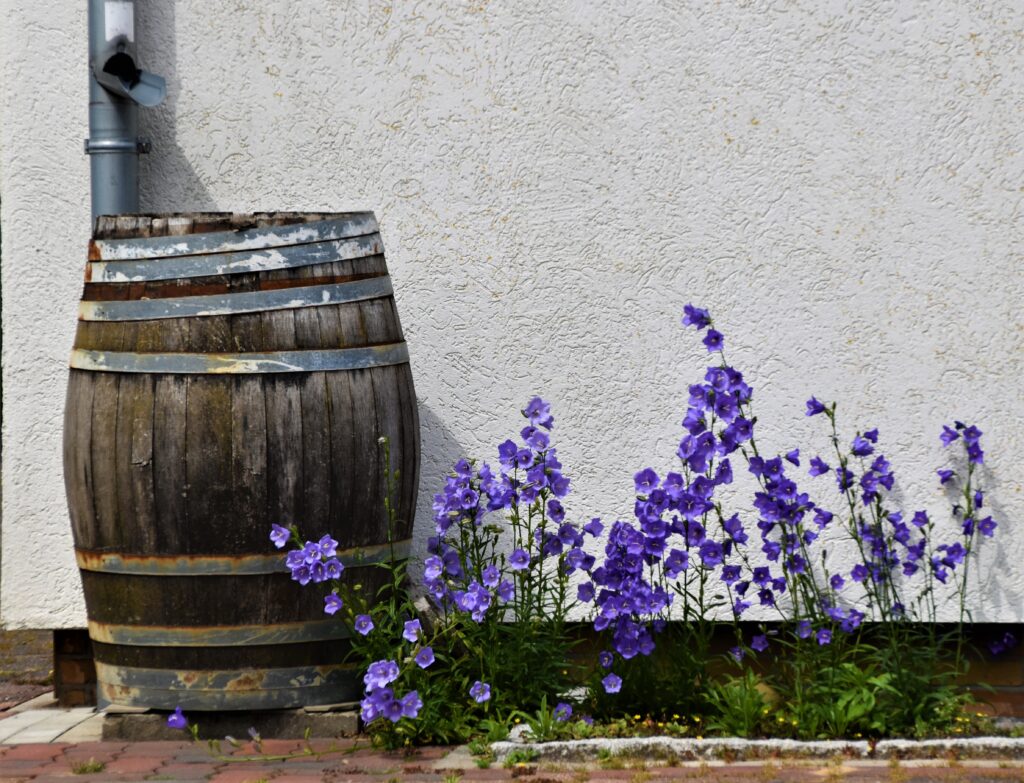
You’ve seen human-made stormwater management infrastructure like storm drains, pipes, and even roads; but have you heard of green infrastructure (GI)? Green infrastructure installations are projects that mimic natural systems in order to reduce stormwater runoff, which causes flooding, erosion, pollution, and biodiversity loss.
Installing GI has proven benefits that can also lessen some of the negative effects of climate change, including:
- Better air quality
- Lower energy use
- Reduced urban heat island effect
- Improved livability
- Educational and recreation opportunities
- Wildlife habitat
- Reduction in pollutants
Economically disadvantaged communities are some of the most vulnerable to the effects of climate change and gentrification and often have significantly less greenery available in comparison to more affluent communities. Eco3 is taking steps to make sure our transition to a sustainable society is equitable for those most impacted by climate challenges, and part of that process includes implementing GI to help build resilient communities.
Currently, Eco3 is assisting in the implementation of local GI installations in underserved communities with One Block at a Time, a Minnesota Sea Grant program working towards the equitable implementation of a small GI project in the Lincoln Park neighborhood to mitigate stormwater issues. We are also helping the City of Duluth to implement the W Superior St rebuild, which requires GI to be present on the new street. Initial designs have been looking at GI such as tree trenches and rain gardens to provide natural drainage and water retention. Eco3 is also working with community partners on an EPA application to set up an environmental justice communities grant distribution program. If successful, it will provide grants to communities experiencing environmental justice issues for programs and projects, like the installation of GI, as soon as 2024.
The City of Duluth was also awarded a stormwater community resilience watershed planning grant from MN Pollution Control Agency and recently held a public meeting discussing their findings in the 32nd Avenue W. Creek Watershed. The City identified stormwater needs and discussed resilient stormwater management approaches like GI installation.
Eco3 understands the need to involve the community in every step of the greening process, and with GI, it’s no different. Not getting community input or understanding needs when installing these projects may cause green gentrification. This phenomenon is defined by the University of Minnesota as “the process by which environmental greening leads to increases in perceived local desirability that result in higher property values and rents.” The One Block project surveyed residents in Lincoln Park last year and is currently conducting focus groups, asking residents what GI should be built, where it can do the best, and how it will benefit the community. Overall, GI must be planned with social equity, accessibility, and local priorities in mind to ensure that the benefits are continuing to go to the neighborhood it serves.
Learn more about green infrastructure, green gentrification, and how GI is being implemented in Duluth:
Center for Neighborhood Technology – The Value of Green Infrastructure
Minnesota Sea Grant – One Block at a Time
University of Minnesota – Green Gentrification
World Resources Institute – Green Space: An Underestimated Tool to Create More Equal Cities
Support Equitable Green Space Protection
The National Recreation and Park Association – Greening without Gentrification